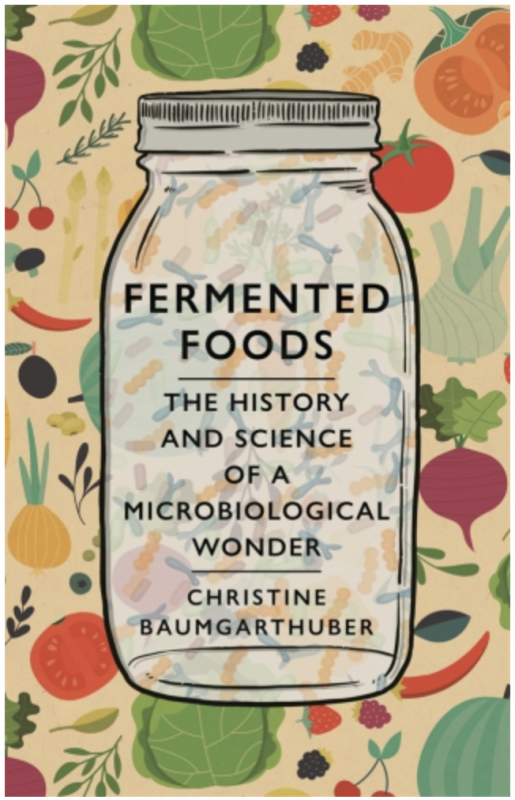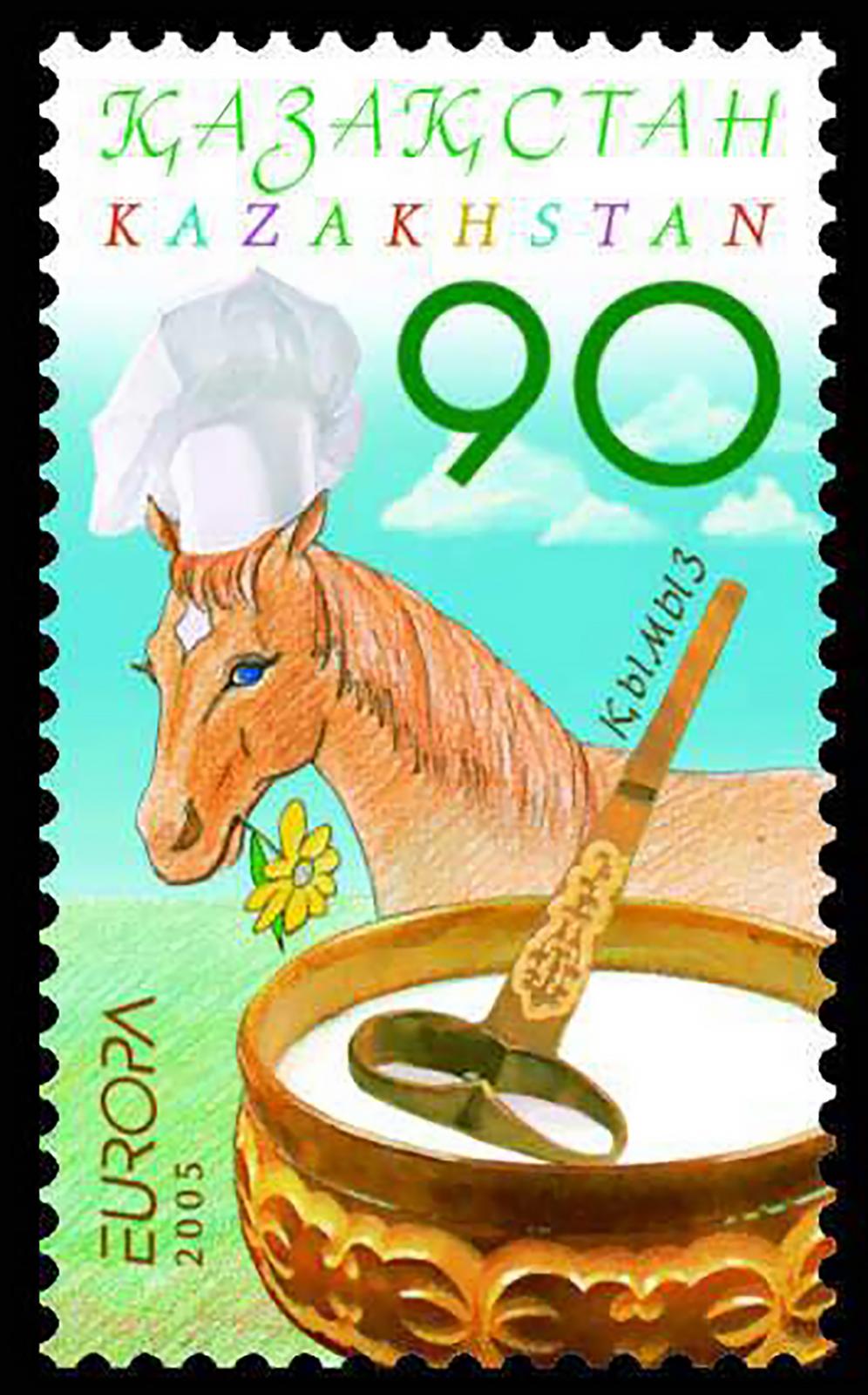In the spring of 2007, I received a small envelope containing a sourdough starter born on the Oregon Trail, a survival of American pioneers’ push westward. The starter could not have been more unprepossessing. It looked like dust and left me wondering whether I had erred in ordering it. I nevertheless mixed it with flour and spring water in a Mason jar and went to bed, only to wake to a bubbling goo that covered the countertop. As I cleaned up the mess it came home to me how much livelier than store-bought dried yeast this heirloom starter was.
The starter had a personality, and a finicky one at that. It sulked when I left it unused in the refrigerator too long. And it sulked even more when I forced on it rice flour and tapioca during a gluten-free diet lark I went on for a few months. Really, even keeping the thermostat too low in winter put it out of temper. Its spirits would rise with the arrival of spring. The warmer days set it enthusiastically digesting the organic rye flour I fed it, and it would reward my care with perfect loaves of crispy French bread, airy ciabatta and dense rounds of sour rye.
My success with it inspired me to attempt other ferments. For guidance I turned to Sandor Ellix Katz’s seminal Wild Fermentation and my family of ferments came to include, at various times, kefir, kombucha, lactic-acid-fermented cucumbers, beetroot and peppers, as well as tibicos (a fermented drink popular in Mexico), cider and even red wine.
Each evening I tended my ferments, the ritual anchoring me in what I saw as an increasingly tumultuous world. Financial markets might have been crashing along with my prospects of a steady job, but I could care for my ferments, each one a world in itself, and I would be rewarded with health and a hobby. George Orwell thought taking tea to be a mainstay of civilization. For me it was brewing tea for another batch of kombucha...
I have been told home fermenting is a waste of time. I have also been told that I will probably poison myself. Why? As it turns out, suspicion of fermented foods owes to a peculiar blend of scientific and market forces so influential as to sway consumer preference in the direction of bland, unappetizing mass-produced substitutes for the zestier originals we can – and did – make ourselves.
For more on the history of fermented food and drink, and how we came to be alienated from these age-old practices, check out my book Fermented Foods: The History and Science of a Microbiological Wonder, out now from Reaktion Books and available from bookshop.org.

